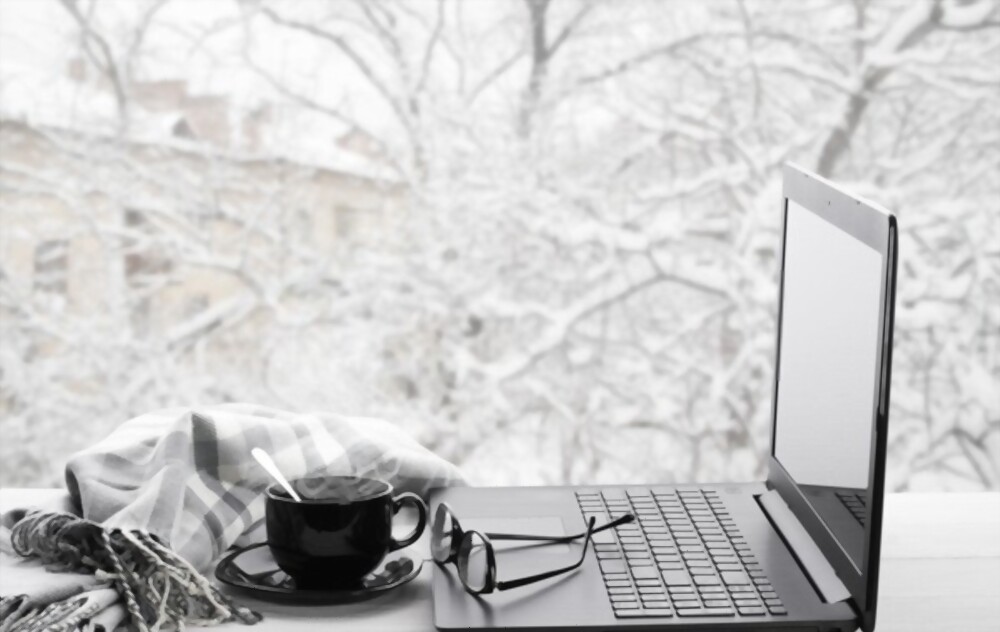Best ways to protect your laptop from cold weather
Weather chills can be sometimes too much for the laptop to handle especially when you are outdoors. It's crucial to understand the risks of winter weather and how to protect yourself from them, from freezing temperatures draining batteries to moisture wreaking havoc on internal components.
Particularly vulnerable to damage are laptops as the weather impacts the laptops a lot. They frequently must put up with the rigors of travel as well as the normal wear and tear of daily use. While other mobile devices stay on our person, smartphones are frequently left unattended in bags or on their own. Laptops need additional protection as a result.
Never leave a laptop in a cold car overnight:
It's never a good idea to leave valuables like laptops in a car, regardless of the season. In the winter, when temperatures can quickly cause a laptop to go into the deep freeze, it is an especially bad idea. Any electronic device will be exposed to the chilly winter air even when it is enclosed in a laptop bag or backpack. Coming inside from the cold may be difficult while juggling groceries, kids, and a laptop bag, but doing so can reduce the possibility of sustaining irreparable harm.
Don’t use the laptop in cold temperatures:
Even though using a laptop while sipping a hot beverage on the deck, hiding out in a draughty attic, or ice fishing is tempting, it's not a good idea. Few things deplete a lithium-ion battery more quickly than cold weather, as was already mentioned.
Uncertain as to what temperature will destroy a battery? The majority of experts concur that the freezing point at which batteries begin to lose power is 40 degrees Fahrenheit. Where in such circumstances would it even be possible to use a laptop comfortably? In the winter, temperatures in unheated garages, attics, or three-season porches can frequently fall below 40 degrees. Keep laptops indoors and stay away from these areas.
Use a waterproof laptop bag:
A waterproof bag is very important when it comes to the protection of the laptop. The same bag that protects against rain in the spring and summer can also help in the winter by blocking moisture from the snow. These bags aren't flawless, though, and leaving one in a snowbank or on the deck will eventually allow moisture to seep in.
Be mindful of the surfaces:
Laptops face a variety of wintertime threats, not just extreme cold. Unbelievably, these devices are also susceptible to overheating in the winter.
When the cooling vents on the bottom of the laptop are blocked or obstructed, the laptop overheats. The surfaces they are used on are frequently to blame. For instance, thick, fluffy blankets may obstruct vents. Users who find it uncomfortable to use their laptops while curled up under the covers should instead use flat, smooth surfaces.
Allow the cold laptop to warm up gradually:
Sometimes, using a laptop in a chilly room during the winter is the only option. Allow the device to warm up, if necessary, before using it. Five minutes ought to be sufficient in most cases.
another necessary? A laptop should not be taken from a warm room into a colder area. The ultimate enemy of electronic devices is moisture, which could be produced inside the laptop because of this temperature change.
Bottom line:
The best piece of advice is the simplest: whenever possible, keep your laptop out of direct contact with cold weather. Remain inside a warm car, a structure, or another form of shelter. Your keyboard won't freeze, and other issues won't arise if you protect your laptop from both extreme cold and snow's excessive moisture.




Comments
Post a Comment